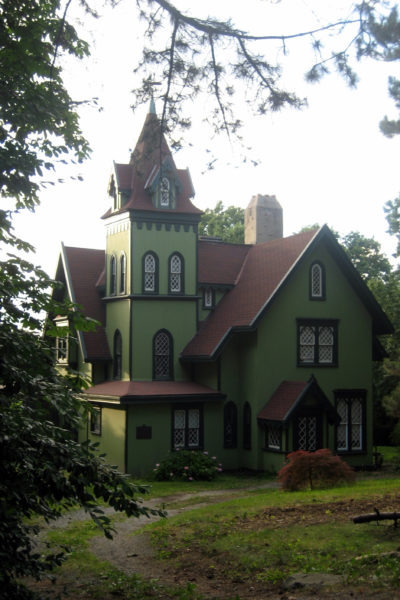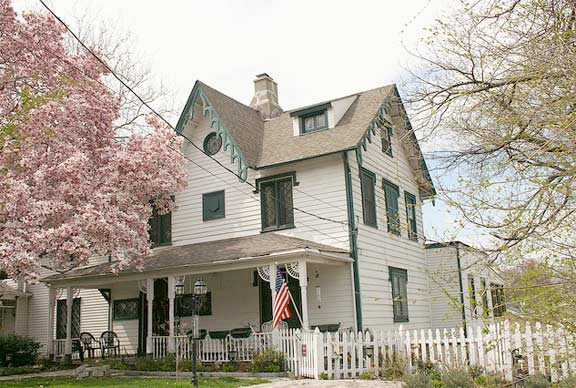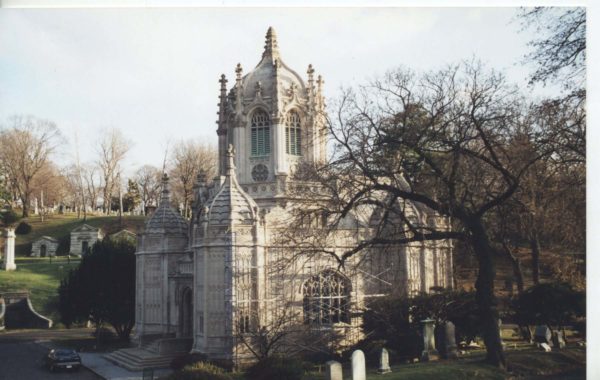Historic Richmond Town -The Parsonage
The Parsonage was erected in 1855 for the nearby Dutch Reformed Church. It is a clapboard house with Gothic Revival ornament. It is part of the Richmondtown Restoration effort to restore and celebrate the local heritage of Staten Island.





